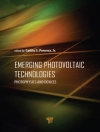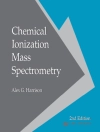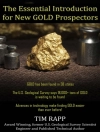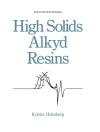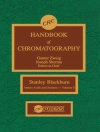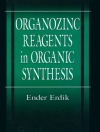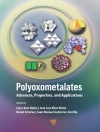विषयसूची
1. Historical perspective and overview.
Jim Wharfe, Science Group, Environment Agency, Wallingford,
Oxfordshire, UK.
2. Effective monitoring of the environment for
toxicity.
Ian Johnson and Paul Whitehouse, Water Research Centre, Marlow,
Buckinghamshire, UK, and Mark Crane, Crane Consultants, Faringdon,
Oxfordshire, UK.
3. The nature and chemistry of toxicants.
Ulf Lidman, Department of Biology, University of Kalmar,
Sweden.
4. Frameworks for the application of toxicity data.
Maria Consuelo Diaz-Baez and Bernard J. Dutka, Universidad
Nacional de Colombia, Facultad de Ingenieria Ambiental, Bogota,
Colombia.
5. The aquatic environment.
William L. Goodfellow Jnr, EA Engineering Science and
Technology, Sparks, Maryland, USA.
6. Biological methods for assessing potentially contaminated
soils.
David J. Spurgeon, Claus Svendsen and Peter K. Hankard, Centre
for Ecology & Hydrology, Huntingdon, Cambridgeshire, UK.
7. Review of biomarkers and new techniques for in situ
aquatic studies with bivalves.
Francois Gagné and Christian Blaise, Environment Canada,
Montreal, Canada.
8. Environmental monitoring for genotoxic compounds.
Johan Bierkens, Ethel Brits and Luc Verschaeve, VITO Flemish
Institute for Technological Research, Mol, Belgium.
9. Approach to legislation in a global context:.
A – UK perspective.
Jim Wharfe, National Centre for Ecotoxicology and Hazardous
Substances, Environment Agency, Wallingford, Oxfordshire, UK.
B – Netherlands perspective – Soils and Sediments.
Michiel Rutgers, National Institute for Public Health and the
Environment, Bilthoven, The Netherlands and Piet den Besten,
Institute for Inland Water Management and Waste Water Treatment
(RIZA), Ministry of Transport, Lelystad, The Netherlands.
C – German perspective.
Hans-Jürgen Pluta and Monika Rosenberg, Umweltbundesamt,
Berlin, Germany.
D – USA perspective.
Barbara Brown and Margarete Heber, US Environmental Protection
Agency, Washington DC, USA.
10. Case study: whole effluent assessment using a combined
biodegradation and toxicity approach.
Graham F. Whale and Nigel S. Battersby, Shell R & T Centre,
Chester, UK.
11. Potential future developments in ecotoxicology.
Wim De Coen, Geert Huyskens, Roel Smolders, Freddy Dardenne,
Johan Robbens, Marleen Maras and Ronny Blust, Laboratory for
Ecophysiology, Biochemistry and Toxicology, University of Antwerp,
Belgium.
References.
Index.
.
.
.


